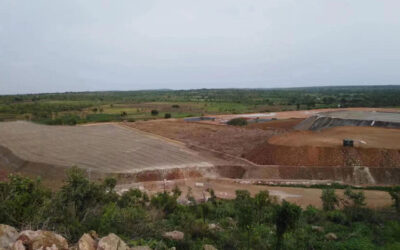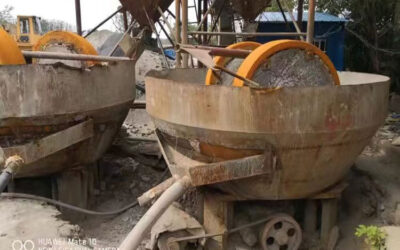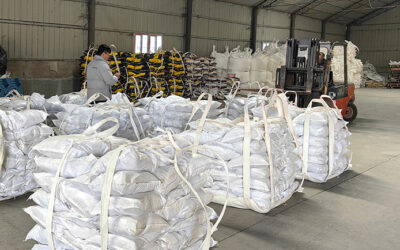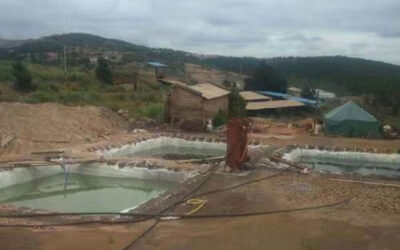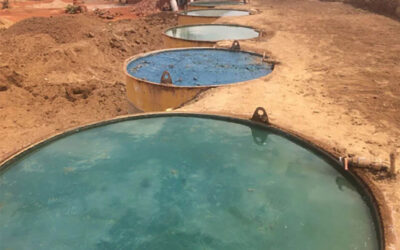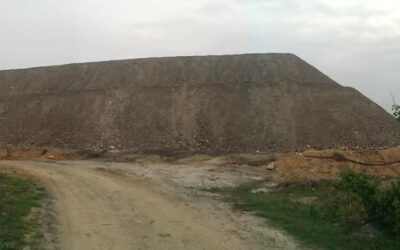Project Overview
This case study focuses on a gold mining operation located in Zimbabwe, which utilizes heap leaching as the primary extraction method. The deposit comprises gold-bearing oxidized ore, with the presence of both low and high-grade materials. The mine has implemented a combined approach of gravity separation and heap leaching to optimize gold recovery.
Ore Characteristics
- Ore Type: Oxidized gold-bearing ore
- Gold Distribution: Some high-grade ores contain visible gold particles
- Initial Treatment: High-grade ore undergoes gravity separation to recover coarse gold before heap leaching
Heap Leaching System
- Leaching Technology: Kingsky heap leaching system
- Ore Grade at Dump Inlet: Average of 5–8 grams per tonne (g/t)
- Leaching Method: Crushed ore is stacked on engineered leach pads where a cyanide solution is applied to extract gold into solution
Performance Metrics
- Recovery Rate: Average of more than 86%, indicating an efficient leaching process
- Processing Strategy:
- Gravity separation is used upfront for high-grade ore to recover free-milling gold
- Residual material and low-grade ore are directed to heap leaching pads
Key Benefits
- Cost Efficiency: Heap leaching is a low-capex method suitable for oxidized ores
- High Recovery Rate: Achieving over 86% recovery enhances profitability
- Scalability: The system is adaptable for expansion based on future ore availability
- Environmental Control: The operation includes containment systems to prevent solution leakage and ensure environmental compliance

Conclusion
The Zimbabwean gold mine demonstrates a successful integration of gravity separation and heap leaching technologies tailored to the ore characteristics of the site. The use of the Kingsky heap leaching system has delivered strong metallurgical performance, with high recovery rates from ore averaging 5–8 g/t. This case exemplifies a cost-effective and scalable gold extraction operation suitable for similar oxidized ore deposits.
Whatsapp:+86 133 1927 7356
Email:Desen@oremagnetic.com
